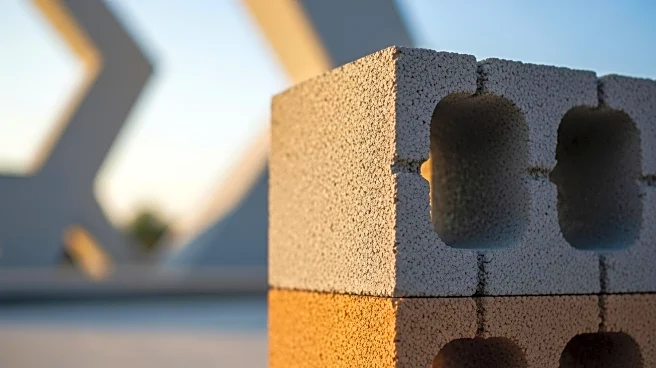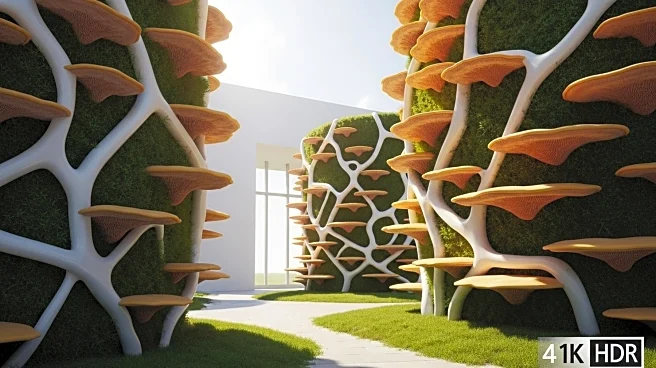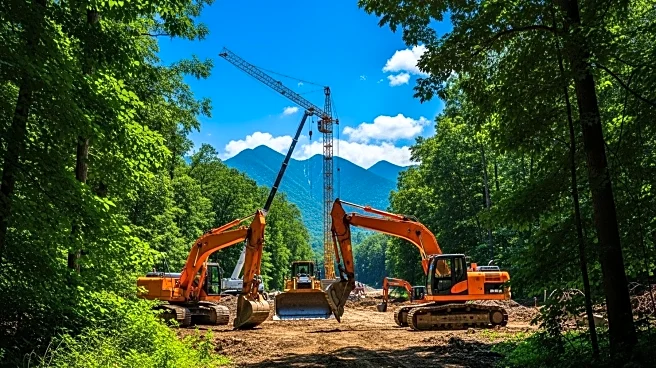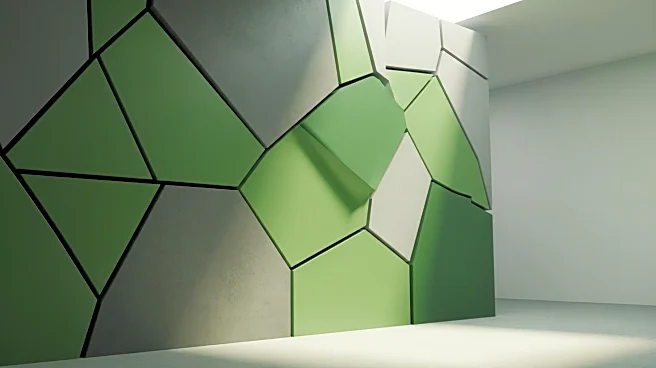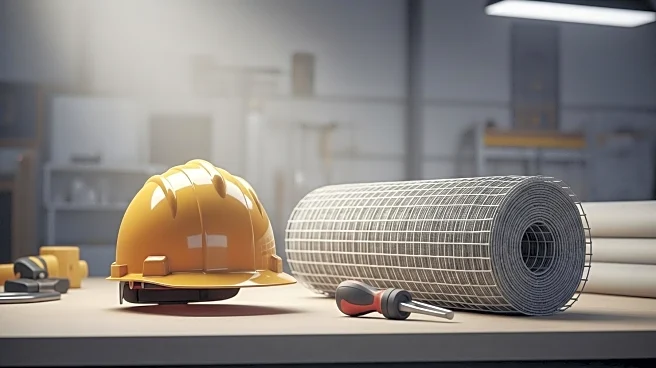What is the story about?
What's Happening?
Research in cement and concrete materials is increasingly focused on enhancing performance, durability, and reducing the ecological impact of concrete, the most widely used construction material globally. Efforts include the use of supplementary cementitious materials like fly ash and slag to replace Portland cement, and the development of alternative binders such as geopolymers. Digital fabrication techniques, including 3D concrete printing, are also being explored to minimize waste and enable complex geometries.
Why It's Important?
The construction industry is a major contributor to CO2 emissions, and innovations in cement and concrete materials could significantly reduce the environmental footprint of infrastructure development. By adopting sustainable practices and materials, the industry can contribute to global efforts to combat climate change while maintaining the structural integrity and performance of buildings and infrastructure.
What's Next?
Continued research and development in this field are expected to lead to the adoption of more sustainable construction practices. The integration of CO2 mineralization into concrete and the use of recycled aggregates are among the promising areas of study that could further enhance the sustainability of construction materials.
Beyond the Headlines
The shift towards sustainable construction materials may also influence regulatory policies and building codes, encouraging wider adoption of eco-friendly practices. Additionally, the economic implications of transitioning to low-carbon materials could affect the cost and accessibility of construction projects.
AI Generated Content
Do you find this article useful?
